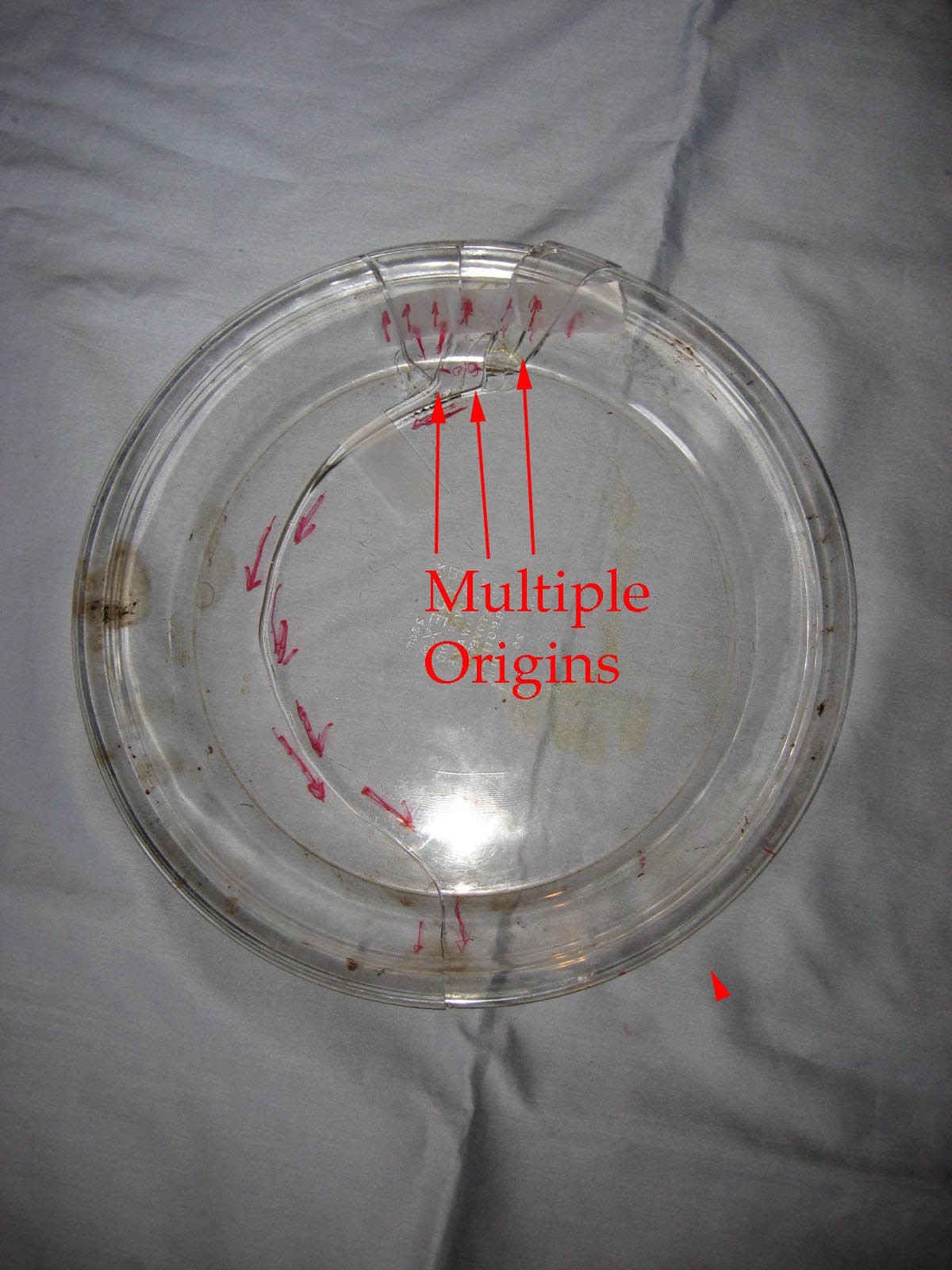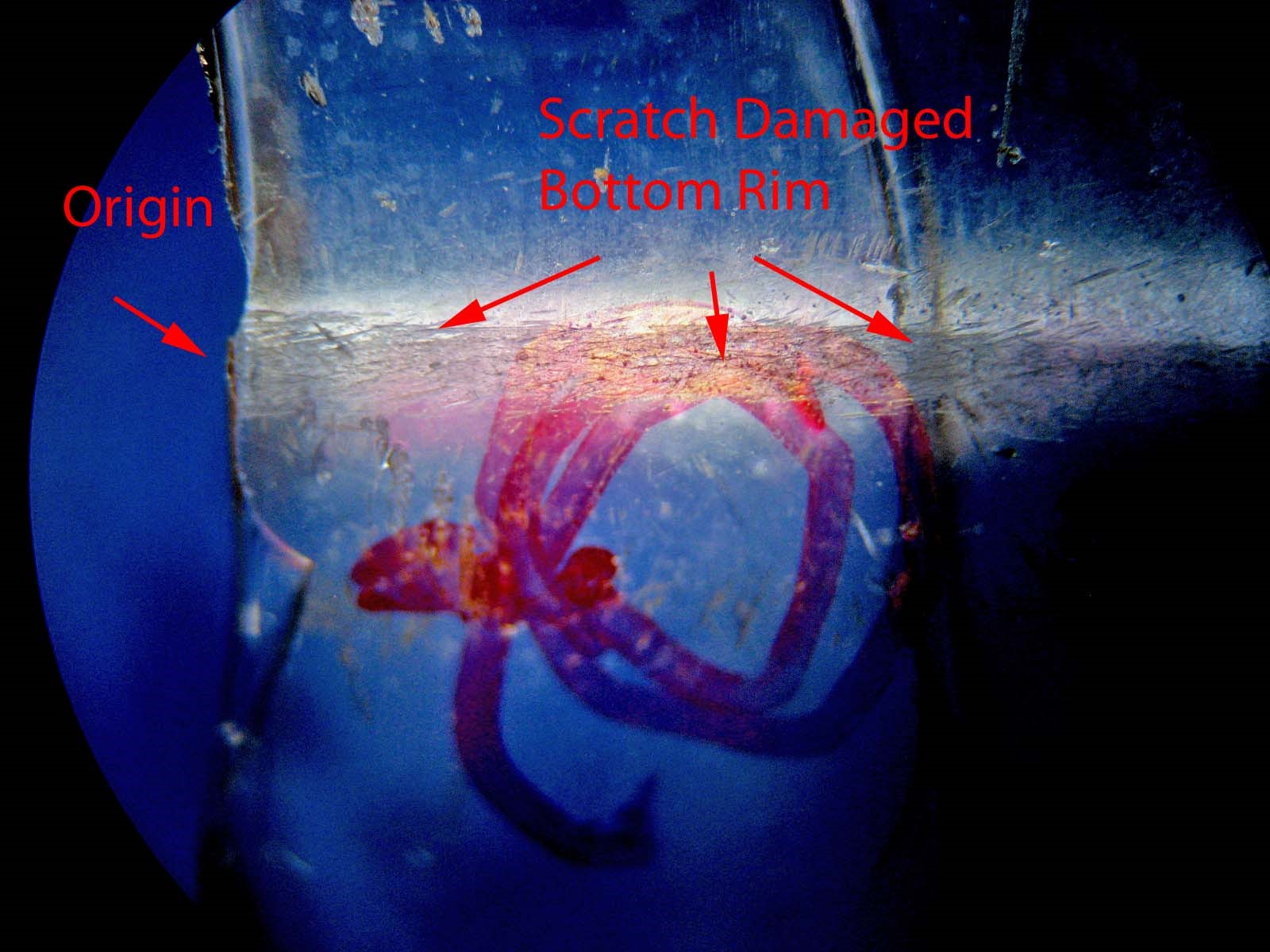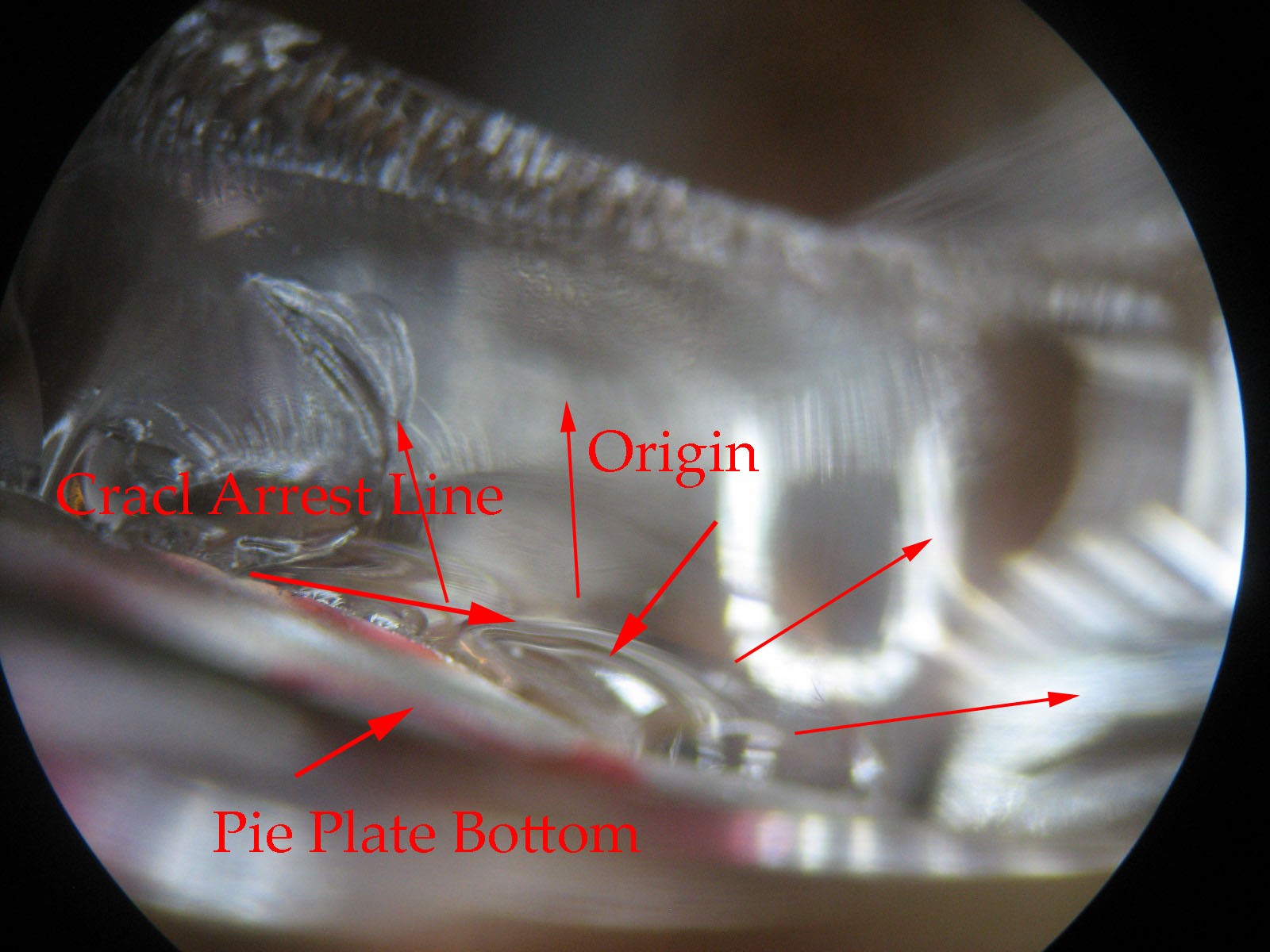5/24/2007· Failure Analysis
Failure analysis is conducted to determine the root cause of failure. Sometimes these failures are catastrophic, e.g., Titanic. Other times the failures are a nuisance, e.g., failed o-ring in plastic faucet water valve. In both cases, the component failed unexpectedly, which can result in injury or death, not to mention financial loss due to unscheduled downtime














